wikiHow is a “wiki,” similar to Wikipedia, which means that many of our articles are co-written by multiple authors. To create this article, 10 people, some anonymous, worked to edit and improve it over time.
There are 15 references cited in this article, which can be found at the bottom of the page.
This article has been viewed 85,750 times.
Learn more...
The body naturally strives for balance and equilibrium. When extra H ions or acids are released, the body suffers from a condition referred to as metabolic acidosis. This increases the respiratory rate and decreases your plasma levels. Anion gap is used to determine the exact reason of this condition. It determines unmeasured anions which are the phosphates, sulfates, and proteins in the plasma. Calculating anion gap is very simple given the standard formula. To get started, see Step 1 below.
Steps
Calculating Your Anion Gap
-
1Determine your sodium (Na⁺) level. The normal range of sodium is 135 – 145 mEq/L. It is important to know the sodium level in your body. You can have your sodium levels tested through a blood test that your doctor can give.[1]
-
2Determine your potassium (K⁺) level if necessary. A normal range of potassium is 3.5 – 5.0 mEq/L. There’s a different formula wherein you will no longer use the potassium level, though. This is because K⁺ is found to be too low in the plasma to count at times.[2]
- Since there is a formula that doesn't require potassium, you may skip this step.
Advertisement -
3Determine your Chloride (Cl⁻) level. A normal range of chloride is between 97 – 107 mEq/L. Your doctor will test this, too.[3]
-
4Determine your Bicarbonate (HCO₃⁻) level. The normal range for bicarbonate is 22- 26 mEq/L. Again, this is done through the same series of tests.[4]
-
5Know the normal reference value of anion gap. The normal value of an anion gap is 8 – 12 mEq/L if without potassium. However, if potassium is given, the normal range value will change to 12 – 16 mEq/L.[5]
- Note that all these electrolyte levels can be identified through a blood test.
- Pregnant women may notice different levels, too. We'll discuss this in the next section.
-
6Use the given standard formula for anion gap. There are 2 formulas you can use in calculating an anion gap:
- First formula: Anion gap = Na⁺ + K⁺ – (Cl⁻ + HCO₃⁻).[6] This formula can be used if there is a value for potassium. However, the second equation is used more often than the first one.
- Second formula: Anion gap = Na⁺ – (Cl⁻ + HCO₃⁻). You can see that potassium is omitted in this second equation. This formula is more frequently used than the other, but you can use either of the two depending on your preferences.
-
7Know what a healthy result is. Again, the normal value is 8 – 12 mEq/L if without potassium and 12 – 16 mEq/L with potassium.[7] Here are two examples:
- Example 1: Na⁺ = 140, Cl⁻= 100, HCO₃⁻= 23
AG= 140 – (98 + 23)
AG = 24- The anion gap is 24. Therefore, the individual is positive for having a metabolic acidosis.
- Example 2: Na⁺ = 135, Cl⁻= 100, HCO₃⁻= 25
AG= 135 – (100 + 25)
AG = 10- The anion gap is 10. Therefore, the result is normal and the person does not have metabolic acidosis. It is within the normal range of 8 – 12 mEq/L.[8]
- Example 1: Na⁺ = 140, Cl⁻= 100, HCO₃⁻= 23
Understanding Anion Gap
-
1Know what anion gap really is. The anion gap (AG) measures the difference between sodium and potassium cations and the chloride and bicarbonate anions in patients who experience kidney problems and altered mental status -- in other words, your pH balance. It represents the unmeasured anion concentration in the plasma such as proteins, phosphates and sulfates. This is all fancy terminology for your body producing the right things at the wrong levels.[9]
- Determining the anion gap value is crucial in setting the arterial blood gas analysis or ABG. The basic concept is that net cation and anion charges must be equal to achieve balance in your body.
-
2Understand the significance of anion gap. This is mainly a measure for patients with kidney or gastrointestinal problems. This test does not definitely point toward any one condition. However, it does rule certain things out and narrow down the field of concern.[10]
- Anion gap reveals the presence of metabolic acidosis, where the pH levels in your body are off-kilter. It differentiates the causes of metabolic acidosis and helps confirm other findings. Ask your doctor to help wrap your brain around this process.
- Let’s take for instance that a patient has lactic acidosis (where there's also a buildup of lactate. In this case, the serum bicarbonate levels will automatically reduce (because of the buildup) so that when you calculate for the anion gap, you’ll see that the anion gap increases.
-
3Know what to expect during testing. A serum anion gap sample is taken from your veins using a serum separator tube.[11] Here's how it'll go:
- A medical scientist or medical technologist extracts blood from a vein, likely in your arm.
- He or she may ask you if you have a history of latex allergies. If you do, they'll use different materials to ensure you don't have an allergic reaction.
- Inform them of any medical condition or medication that may cause excessive bleeding or if you have psychological issues associated with sharp items like needles.
- Your specimen will be kept inside a bio-refrigerator and kept in a queue for examination. When all is said and done, your doctor will contact you to discuss the findings.
-
4Know how to interpret your results. Your doctor will correlate the diagnostic findings with how you look, feel, and the symptoms you report. Once the results are in and are definitive, your doctor should run you through what the next steps will be. If your physician thinks the results might be wrong, he may require another test to verify the results.[12]
- Decreased anion gap can be correlated to various conditions such as hypo-albuminemia and bromide intoxication. A normal result is expected when a patient is recovering from diabetic ketoacidosis or recovering from bicarbonate loss due to prolonged diarrhea.
- An increase in anion gap may indicate lactic acidosis or renal failure. Interpretation of results may vary depending on various factors and underlying conditions experienced by the patient.
- A "normal" anion gap for pregnant women is slightly different. During the first trimester, normal anion gap ranges from 10 to 20 mmol/L. During the second and third trimester, normal value decreases from 10 to 11 to maximum of 18 mmol/L, respectively.
-
5Realize that things can interfere. Collection errors can happen and interfere with your laboratory result. Timing, dilution and sample size matter a lot to get accurate findings.[13] Delay in processing the collected specimen and exposure to air for long periods of time may cause an increase in bicarbonate levels, too. With this, anion gap may reduce by 2.5 mEq/L for every gram/dL albumin concentration deducted from the blood. Your doctor should be able to account for this (apart from avoiding it entirely).
- An increase in anion gap requires further testing -- including testing for serum lactic acid, drug testing, testing your creatinine levels and serum ketones -- to rule out possible causes of anion gap acidosis.
Community Q&A
-
QuestionWhat does it mean if the anion gap is closed?
 Community AnswerThe anion gap is the difference between primary measured cations (sodium Na+ and potassium K+) and the primary measured anions (chloride Cl- and bicarbonate HCO3-) in serum. If the urine anion gap is zero or negative but the serum AG is positive, the source is most likely gastrointestinal (diarrhea or vomiting).
Community AnswerThe anion gap is the difference between primary measured cations (sodium Na+ and potassium K+) and the primary measured anions (chloride Cl- and bicarbonate HCO3-) in serum. If the urine anion gap is zero or negative but the serum AG is positive, the source is most likely gastrointestinal (diarrhea or vomiting). -
QuestionWhat does it mean if the anion gap is low?
 Community AnswerIf your results show a low anion gap, it may mean you have a low level of albumin, a protein in the blood. Low albumin may indicate kidney problems, heart disease, or some types of cancer. Since low anion gap results are uncommon, retesting is often done to ensure the results are accurate.
Community AnswerIf your results show a low anion gap, it may mean you have a low level of albumin, a protein in the blood. Low albumin may indicate kidney problems, heart disease, or some types of cancer. Since low anion gap results are uncommon, retesting is often done to ensure the results are accurate.
References
- ↑ https://emedicine.medscape.com/article/2087291-overview
- ↑ https://emedicine.medscape.com/article/2087291-overview
- ↑ https://emedicine.medscape.com/article/2087291-overview
- ↑ https://emedicine.medscape.com/article/2087291-overview
- ↑ https://www.sciencedirect.com/topics/medicine-and-dentistry/anion-gap
- ↑ https://www.ncbi.nlm.nih.gov/books/NBK539757/
- ↑ https://www.ncbi.nlm.nih.gov/books/NBK539757/
- ↑ https://www.ncbi.nlm.nih.gov/books/NBK539757/
- ↑ https://my.clevelandclinic.org/health/diagnostics/22041-anion-gap-blood-test
- ↑ https://my.clevelandclinic.org/health/diagnostics/22041-anion-gap-blood-test/
- ↑ http://www.ncbi.nlm.nih.gov/pubmed/23833313
- ↑ https://medlineplus.gov/lab-tests/anion-gap-blood-test/
- ↑ https://emedicine.medscape.com/article/2087291-overview#a2
- Smeltzer, S.C., Bare, B.G., Hinkle J.L., & Cheever, K.H. (2010). Brunner & Suddarth’s textbook of medical-surgical nursing. (12th ed.). Philadelphia, PA 19106. Lippincott Williams & Wilkins.
- Emmett M and Narins RG. “Clinical use of anion gap”. Medicine (Baltimore) 1977.
- Kraut JA & Madias NE. “Serum Anion Gap: Its Uses and Limitations in Clinical Medicine”. 2007
- Mary Lee, “Basic Skills in Interpreting Laboratory Data”.
- Lockitch G., “Handbook of Diagnostic Biochemistry and Hematology in Normal Pregnancy”, 1993.
About This Article
To calculate your anion gap, start by having your sodium, chloride, and bicarbonate levels tested by your doctor. In order to calculate your AG, start by determining your sodium, chloride, and bicarbonate levels. Next, plug your numbers into the standard formula for the anion gap, which is sodium - (chloride + bicarbonate). If the anion gap is above the normal value of 8-12, see your doctor to determine whether you have a condition known as metabolic acidosis. To learn what factors can interfere with your anion gap test results, keep reading!
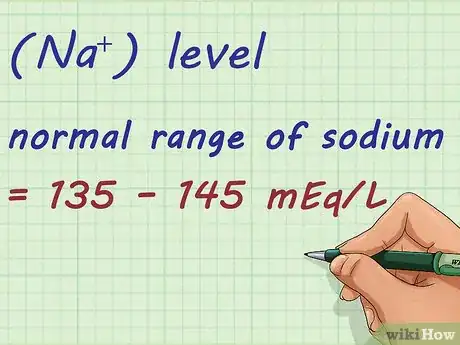
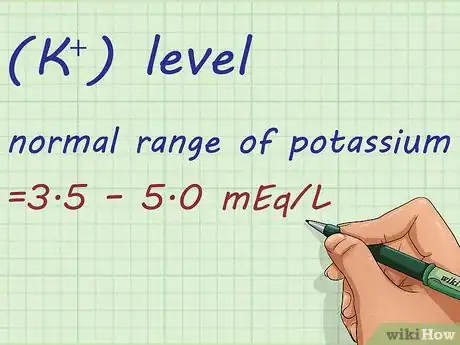


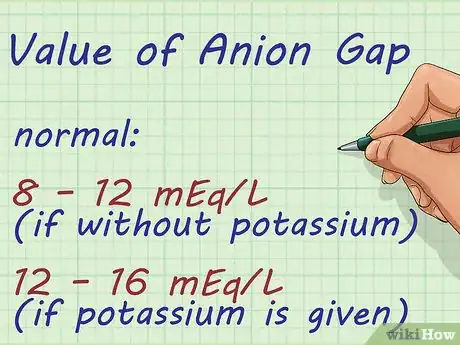
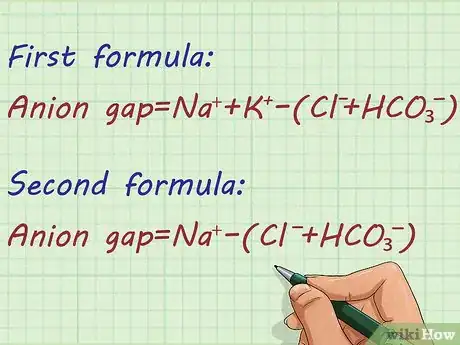
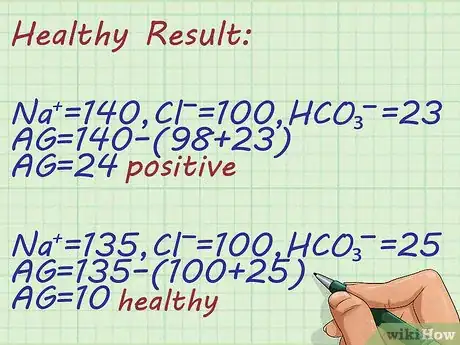
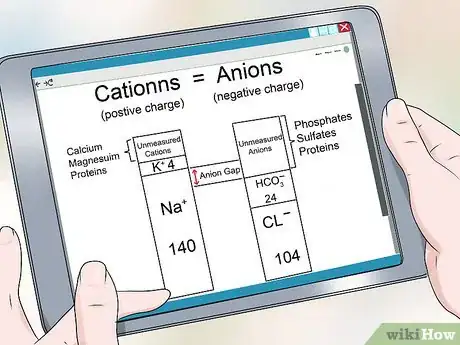
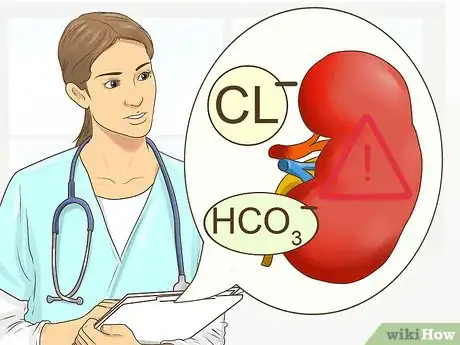
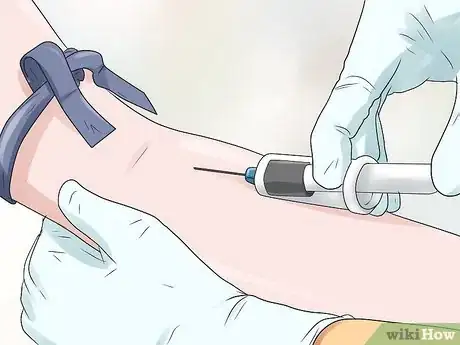

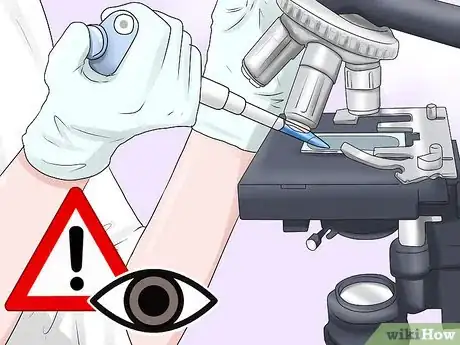
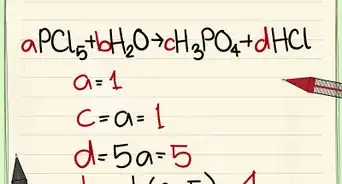







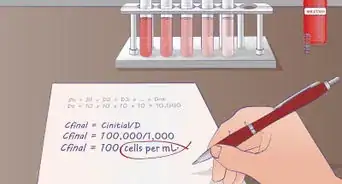


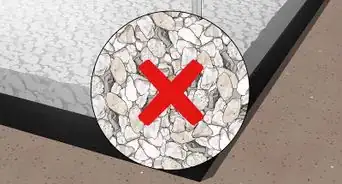









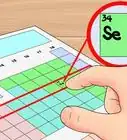
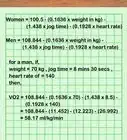



































Medical Disclaimer
The content of this article is not intended to be a substitute for professional medical advice, examination, diagnosis, or treatment. You should always contact your doctor or other qualified healthcare professional before starting, changing, or stopping any kind of health treatment.
Read More...